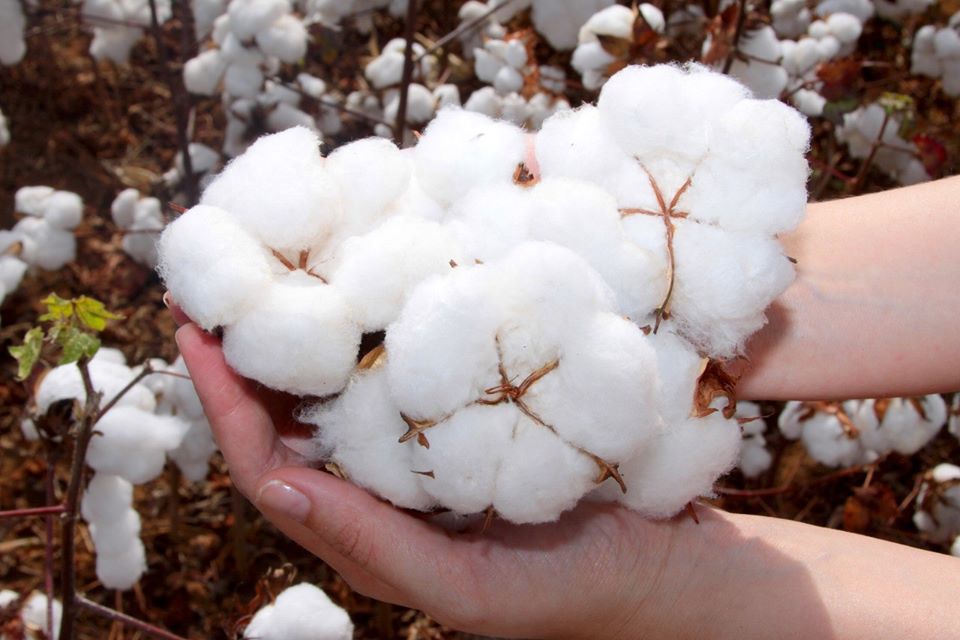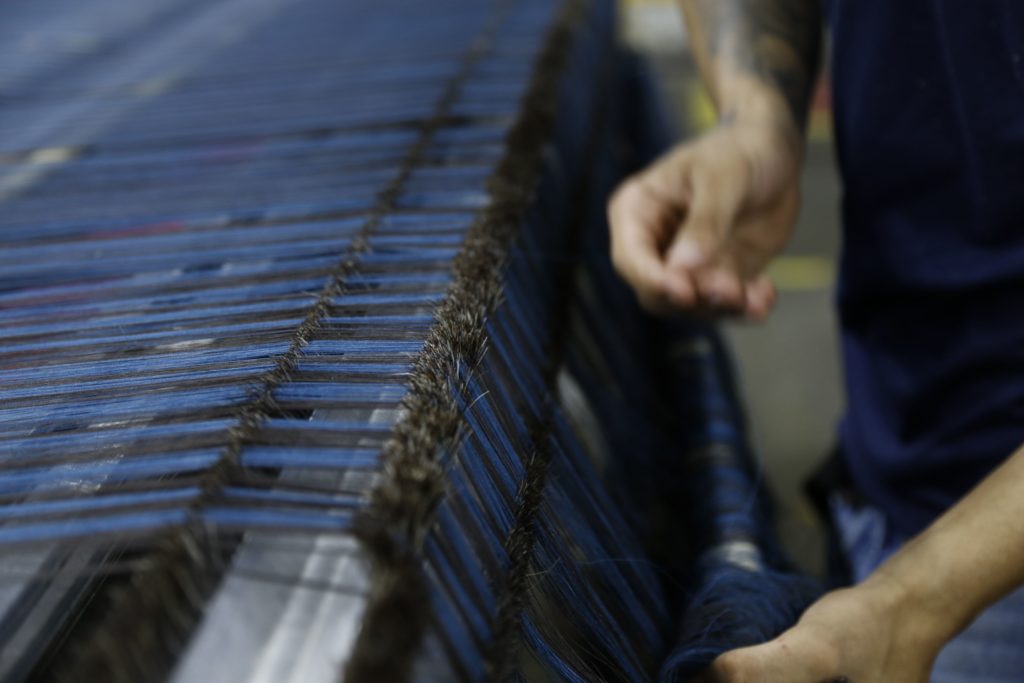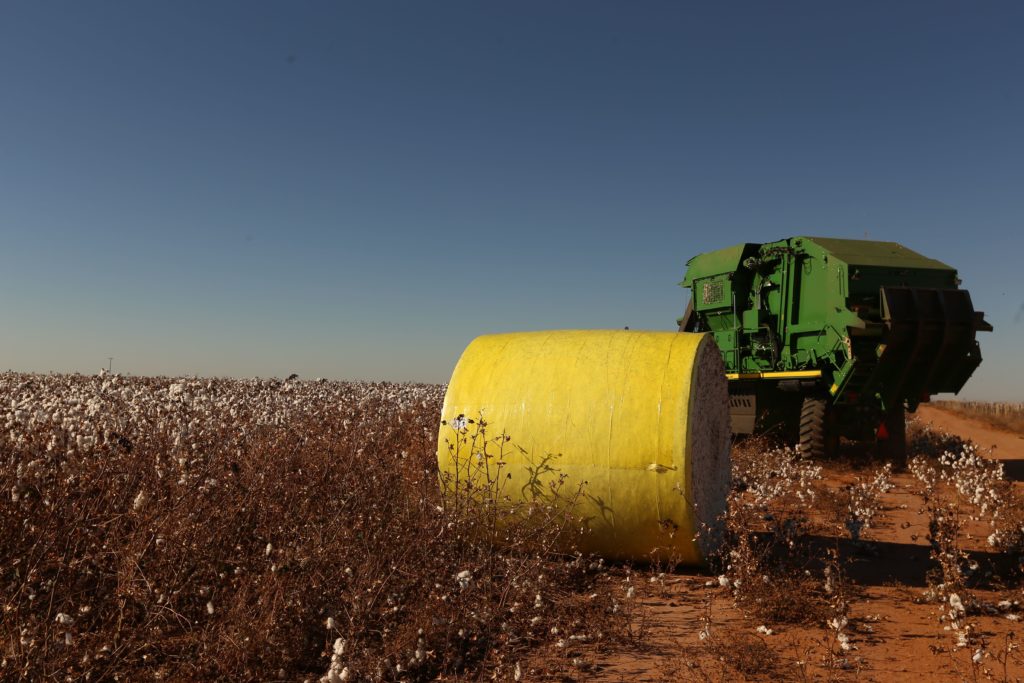After all, how long does it take for cotton to decompose in nature?
Business and Markets |
If you have already researched the decomposition of cotton in nature, you must have found a lot of conflicting information on the subject. This is because there are many variables: type of fabric, soil quality, climate, atmospheric pressure, chemicals applied to the fiber, etc.
But in order to clarify some points about cotton biodegradability, we talked to Sylvio Napoli, technology manager at Abit (Brazilian Textile and Apparel Industry Association) and Alderi de Araújo, agronomic engineer, Ph.D. in Plant Pathology, and general manager at Embrapa Cotton.
Check his answers to the most common questions below.
What is the cotton fiber composed of?
Basically, of cellulose, which is natural, sustainable, and biodegradable due to its chemical make-up.
Why exactly is cellulose sustainable?
Cellulose is a biodegradable, therefore sustainable, product. It is widely used in the timber industry, since it is one of the main components of plant cell walls, which make up about one-third of the total volume of a plant.
In addition to timber, cellulose is used in the packaging industry to manufacture bags, cardboard boxes, wooden boxes, and crates in general, and is considered to be an environmentally friendly plant compound. It is a long-chain polymer formed by a single monomer, glucose, which is a polysaccharide or a carbohydrate. Its complete hydrolysis results in glucose. In this sense, the textile industry, which uses cotton lint as one of its main raw materials, contributes decisively to environmental preservation, since cotton is made up of about 94% cellulose. The other components include proteins, pectic substances, waxes, ashes, organic acids, and other sugars.
The cotton fiber is made up primarily of cellulose.

How long does it take for cotton to degrade in the environment?
Studies indicate that cotton fibers exposed to extreme environmental conditions begin to degrade after three months. A piece of fabric, which is more complex but still maintains the physical and chemical characteristics of the cotton fiber, can last longer in the environment, with reports varying from 5 to 20 months and from 10 to 20 years. Variables such as climate, soil composition, and temperature are fundamental here.
What about dyes, plastics, and labels, how do they remain in nature?
The dyes are not a limiting factor for this process and are more easily degraded by the effect of sunlight and humidity. Metal parts attached to clothing suffer oxidation and tend to degrade when subjected to extreme humidity and temperature conditions. Plastic adhesives are more resistant to weathering and, even with degradation, they can be fragmented into smaller pieces and represent a more resistant polluting factor and remain dozens of years in the environment. However, although plastic prevails in different sectors of the economy, that trend is not as intense in the fashion industry. “We don’t see dyes as factors of great importance, in the degradation of the garment, but we see plastic adhesives and metals as a major concern that the sector should observe more closely,” explains Alderi de Araújo.

What is the best way to discard a cotton garment that can no longer be used or donated?
One way is to look for the manufacturer to return it. This way, the company can use the returned product to make the most appropriate recycling. The National Solid Waste Policy makes consumers responsible for disposing of clothing items in a conscious and sustainable way and, at the same time, makes companies in the sector responsible for the post-consumption phase of their products. There are clothing manufacturers that have programs for this purpose and establish plans to collect items for recycling, in a process known as reverse logistics. There are also several industries that work with fabric recycling, which can be sought for the disposal of used clothes. These companies have machines that tear and shred fabrics in large quantities, shredding up to 3 tons per hour, which are then transformed into stuffing material for sofas, comforters, pillows, cushions, bags, carpeting, and other products.
The best way to dispose of a piece of cotton is to look for the manufacturer to return it.
Are all the pieces disposed of in the same way?
The disposal varies according to its current stage of use. If we think about it in terms of leftover pieces of garments to be re-used for new apparel, these must go through the recycling phase. The material must be shredded and sent to the textile, automotive or construction industries.
Ready-made pieces follow the same path, but before defibration, they go through de-characterization with the removal of trims and notions, and then are sent for recycling in the industry.

What about the water and farming residues that are left over in this process?
The residues from the phases prior to manufacturing are all reusable, and even the effluents can be sent for composting or serve as a renewable source of energy, in boilers.
Crop residues are also reused as cattle feed.
Now you know more about cotton decomposition in nature, responsible disposal, and biodegradability of our fiber! Enjoy and learn more about reverse logistics for the textile industry and the interview with the director of Cotton Move about sustainability.






